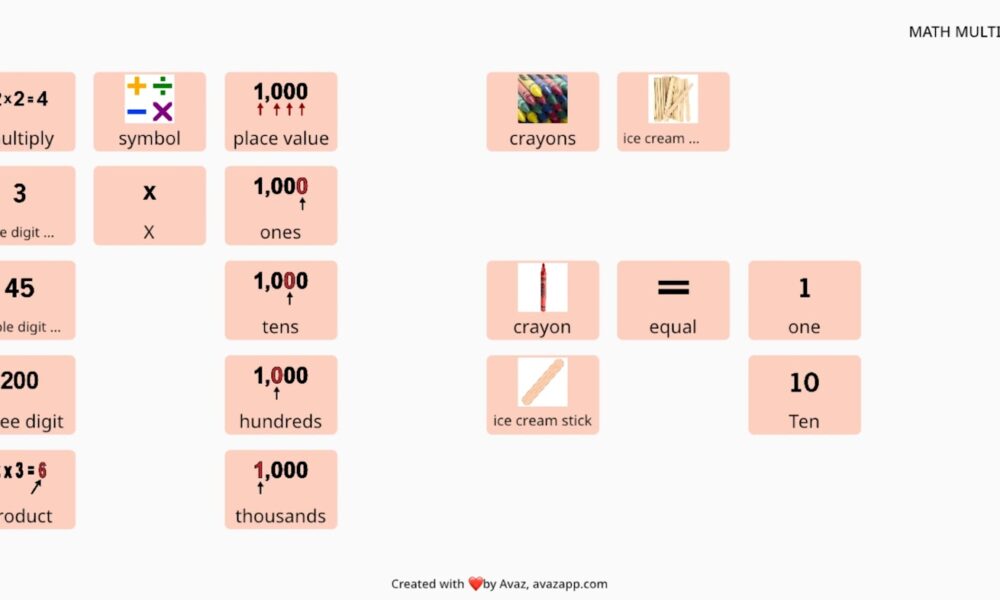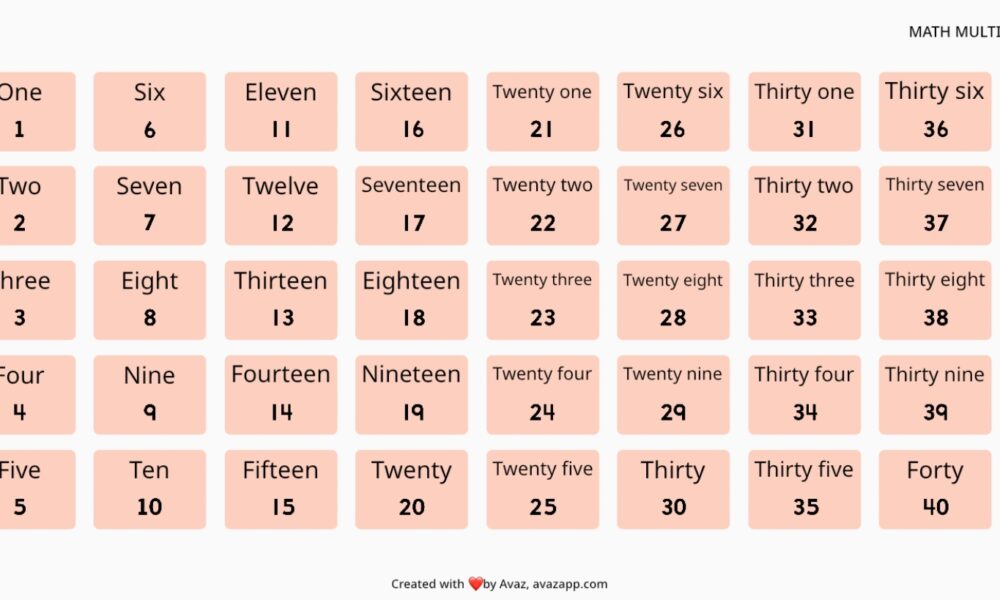Last week we saw how AAC can be incorporated into literacy instruction in classrooms. In this week’s article let us look into some specific examples of how AAC can be incorporated into a math and science curriculum.
AAC in the Classroom
In a previous blog, we saw how including low-tech AAC in classrooms benefits ALL children – not just the ones who use AAC.
Making AAC available to all students in a classroom will ensure that the AAC user fits in easily. Additionally, it will also create familiarity about AAC among other children and teachers.
So how can we go about incorporating AAC into our classroom lessons? Read on to find out 🙂
AAC in the Math Classroom: Multiplication
Here is one example of how you can use AAC for math instruction in your classroom.
Objective:
To learn how multiplication works.
Things needed:
- High tech AAC on a smart screen or a low tech board.
- Low tech or high tech AAC for each student.
- Crayons/ ice cream sticks.
- A board to write and demonstrate.
Preparing for Class:
Before the class, you can prepare a folder customized with some key terms relevant to the lesson you are teaching. As we are preparing for a class about multiplication, some of the words we can add to this folder include: single digit number, double digit numbers, multiply, product, place-value etc. The board can also be customized to include the numbers 1 – 9 and multiples of 10 (eg: till 300). Below is a sample of how it may look:
During Class:
Say you start with a simple example of multiplying 3 times 4 equals 12. Or 5 times 3 equals 15:
Give the students 12 crayons or ice cream sticks.
Let’s take the example of 3 X 4 = 12.
You can teach this by grouping the crayons into groups of three. Thereafter make 4 such group as shown below:
You can ask the children to work in groups on other examples in a similar way.
During the process, you can ask them to come over to the board being displayed. Once there, they can point at the numbers as they solve, and the stick symbols as they group them. This process makes it easier for an AAC user to attempt using their device/board to communicate while solving the problem. It also eases the process of fitting in.
Want to extend to multiplying in multiples of 10? We have a lesson that may interest you – complete with a customized board! Find this lesson plan and resources here.
AAC in the Science Classroom: Solar System
Here is another example of how we can incorporate AAC in teaching. This time, let us look at how we can do this in science class.
Objective:
To learn about the Solar System
Things needed:
- High tech AAC on a smart screen or a low tech board.
- Low-tech or high tech AAC for each student.
- Balls of various colors and sizes.
- A board to write and demonstrate.
Preparing for Class:
Prepare by customizing a folder in your AAC system as shown below:


During Class:
Get creative while explaining the properties of each planet by using the items in the folder displayed in the classroom. The students can do group activities/games like pulling out a property chit from a bowl to guess the planet based on its property. The child with AAC will be able to learn in this process as to how to use the AAC to communicate something in a classroom. The peers will also find it more intuitive to help their friend.
Let us know in the comments if you have any more ideas on how to implement AAC in classrooms.
And do tell us – what resources should we create next? 🙂





